A group of researchers have recently found evidence of an ancient and unique red dye in a cave.
The dye was made from a special insect, and the textiles are some of the oldest red-dyed cloth researchers have found. However, the fabric is more important than just being interesting to scientists.
Finding Textile Fragments

In 2016, during an excavation conducted on behalf of the Israel Antiquities Authority and the Hebrew University of Jerusalem, uncolored linen and bright red dyed wool pieces were discovered in the Cave of Skulls. The Cave of Skulls is in Israel and is west of the Dead Sea in the Judaean Desert.
These textile fragments have been determined to be 3,800 years old. The red color of some of these textile fragments surprised and intrigued the researchers.
Learning More About the Red Textiles
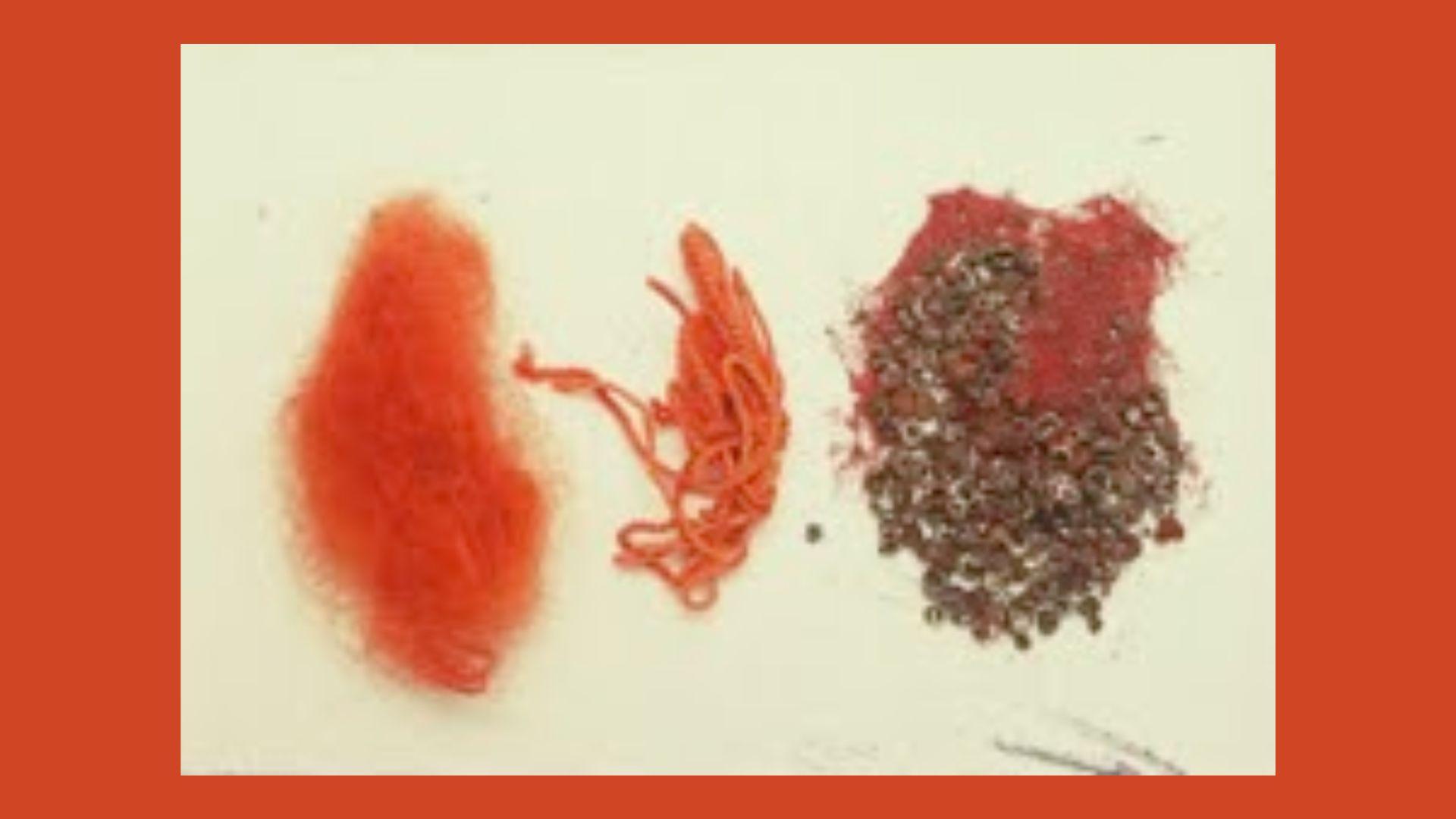
According to the study published in the _Journal of Archaeological Science_, the team of researchers analyzed the very small textile fragments and determined that they were dyed with dye made from insects of the species Kermes vermilio.
The scientists have concluded that the fragments are the earliest known use of a red dye produced using this specific kind of insect. The researchers wrote in the study, “Despite the fact that these textile fragments measure no more than 1.5 centimeters (0.6 inches), their significance is immense, as they bear witness to the utilization of scale insects for dyeing textiles during the Middle Bronze Age, the earliest of its kind known to date.”
Tiny Textiles, Big Impact

The red textile fragments found in the Cave of Skulls were among many organic objects—linen textiles, yarns, ropes, leather, basketry, and wood artifacts.
Although the textile fragments were tiny, they were sent off for further analysis because of their remarkable color.
Remarkably Preserved

According to the study, all of these organic objects found in the cave were remarkably preserved for so long due to the dry and relatively stable conditions that are typical of Judaean Desert caves.
It is very lucky that the fragments were in such great condition. If they hadn’t been preserved so well, then the scientists couldn’t have studied them so in-depth.
How Old are the Fragments?

Radiocarbon dating indicated that the fragments were from the Middle Bronze Age (1954-1767 B.C.), around 3,800 years old.
As mentioned previously, analysis of the fabric’s dye confirmed that it was made from the dried bodies of _Kermes vermilio_ insects.
How the Dye was Identified
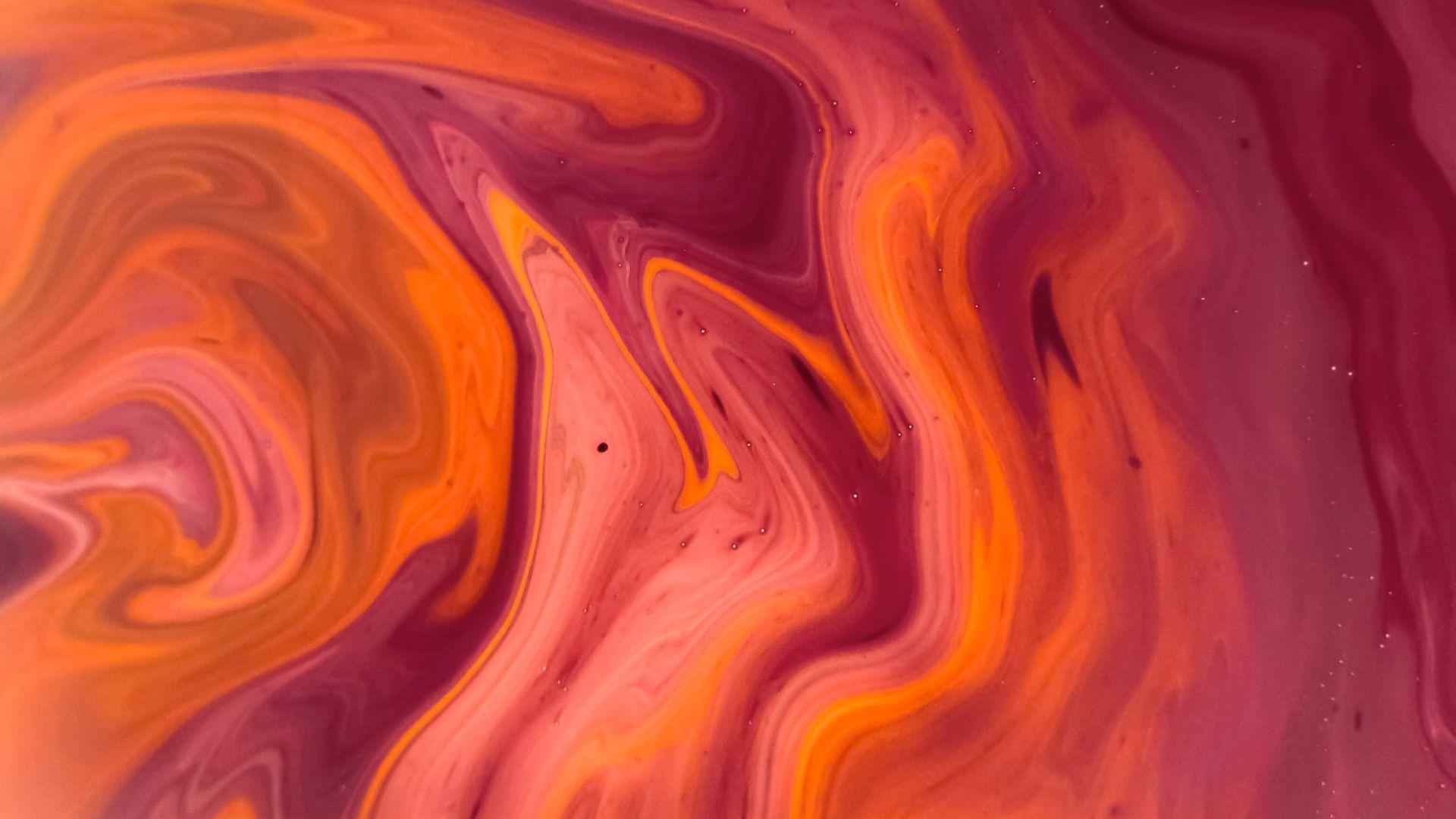
Naʼama Sukenik, curator of the Organic Material Collection at the Israel Antiquities Authority and lead author of the study, said “Identifying the dye in the ancient textile was achieved using High-Performance Liquid Chromatography (HPLC)—a device commonly employed in biology and chemistry laboratories to separate and identify substances in minute quantities, and it also serves archaeology.”
She continued, “This advanced analytical method enabled us to pinpoint the dye’s origin down to the exact species of scale insect. Thus, we can determine with high probability that in ancient times, the textile was dyed using a species of Kermes vermilio, which produces kermesic acid, imparting the distinctive red hue.”
Was Kermes Vermilio Dye the Only Red Dye Used?
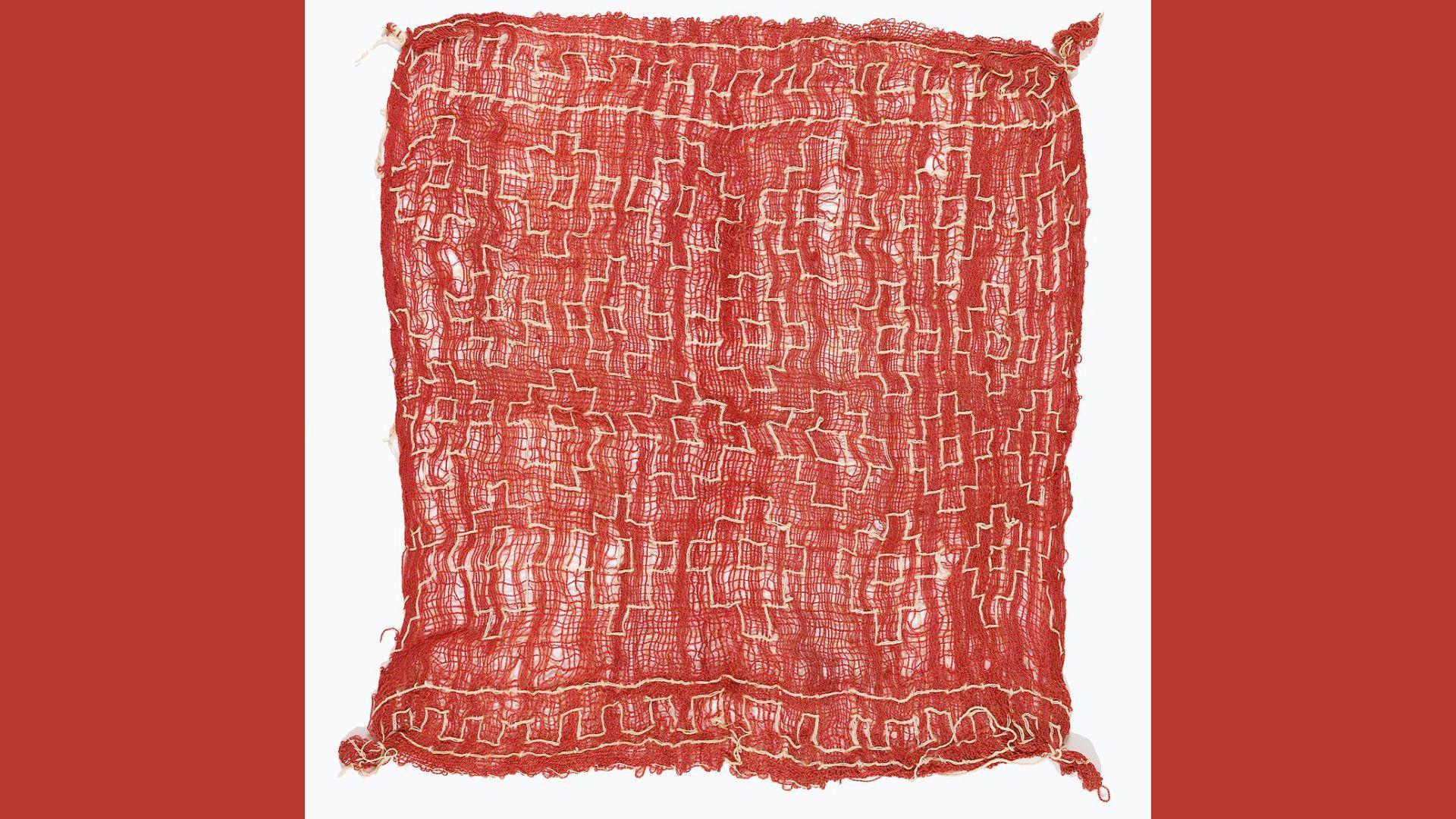
No, Kermes vermilio was not the only way that ancient people made red dye. Red dyes were produced from various sources in ancient times, including plants and animals.
Kermes vermilio was not even the only insect that people used for red dye. Cochineal dyes produce carmine, which is still used today.
The Kermes Vermilio Insect
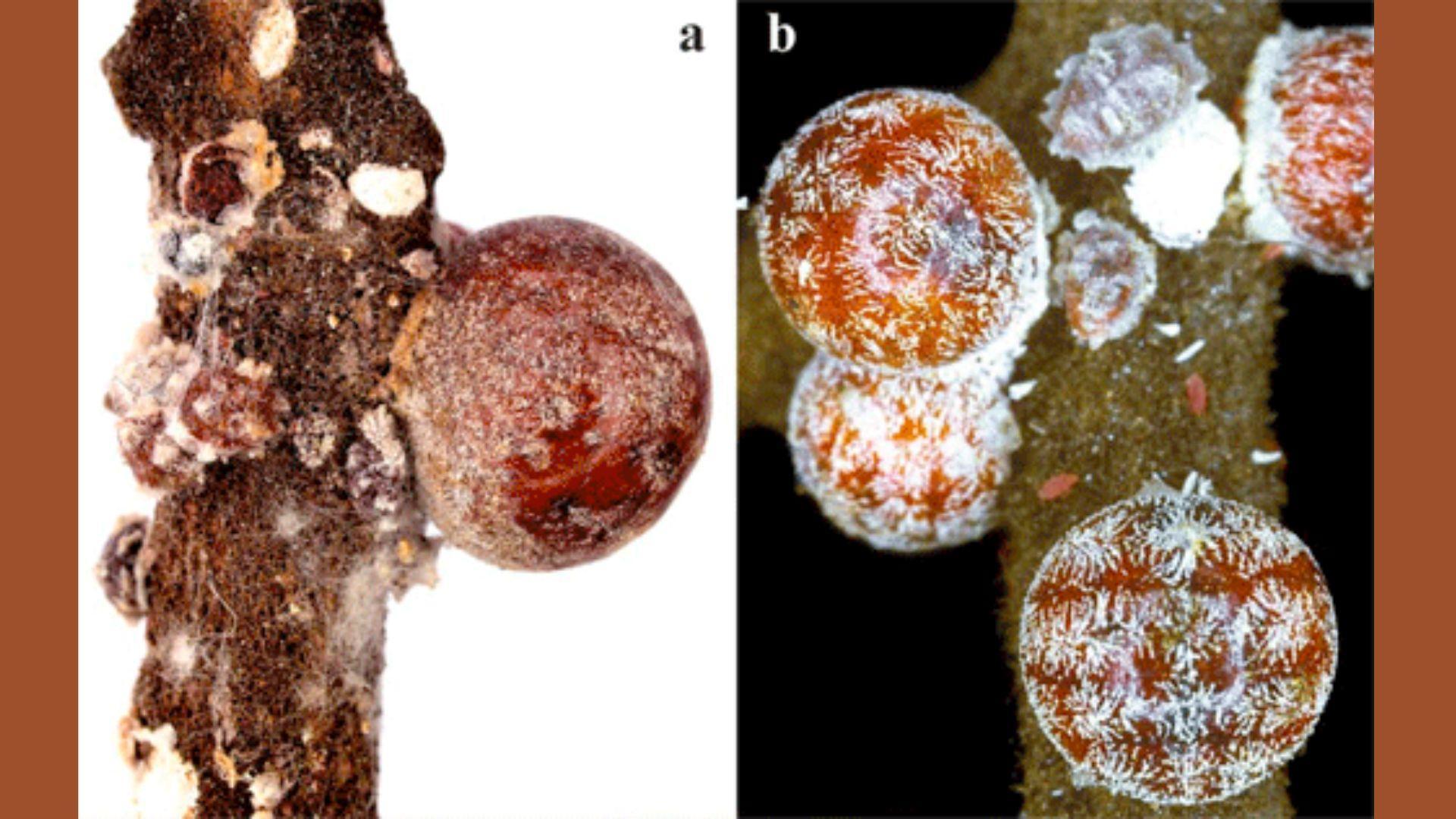
Kermes vermilio are tiny insects native to the Mediterranean region. They are parasitic and feast on the sap of their host plant.
Sukenik explained, “In ancient times, the dye was produced from the female scale insect, which lives on the Kermes oak tree.”
A Difficult Dye to Make
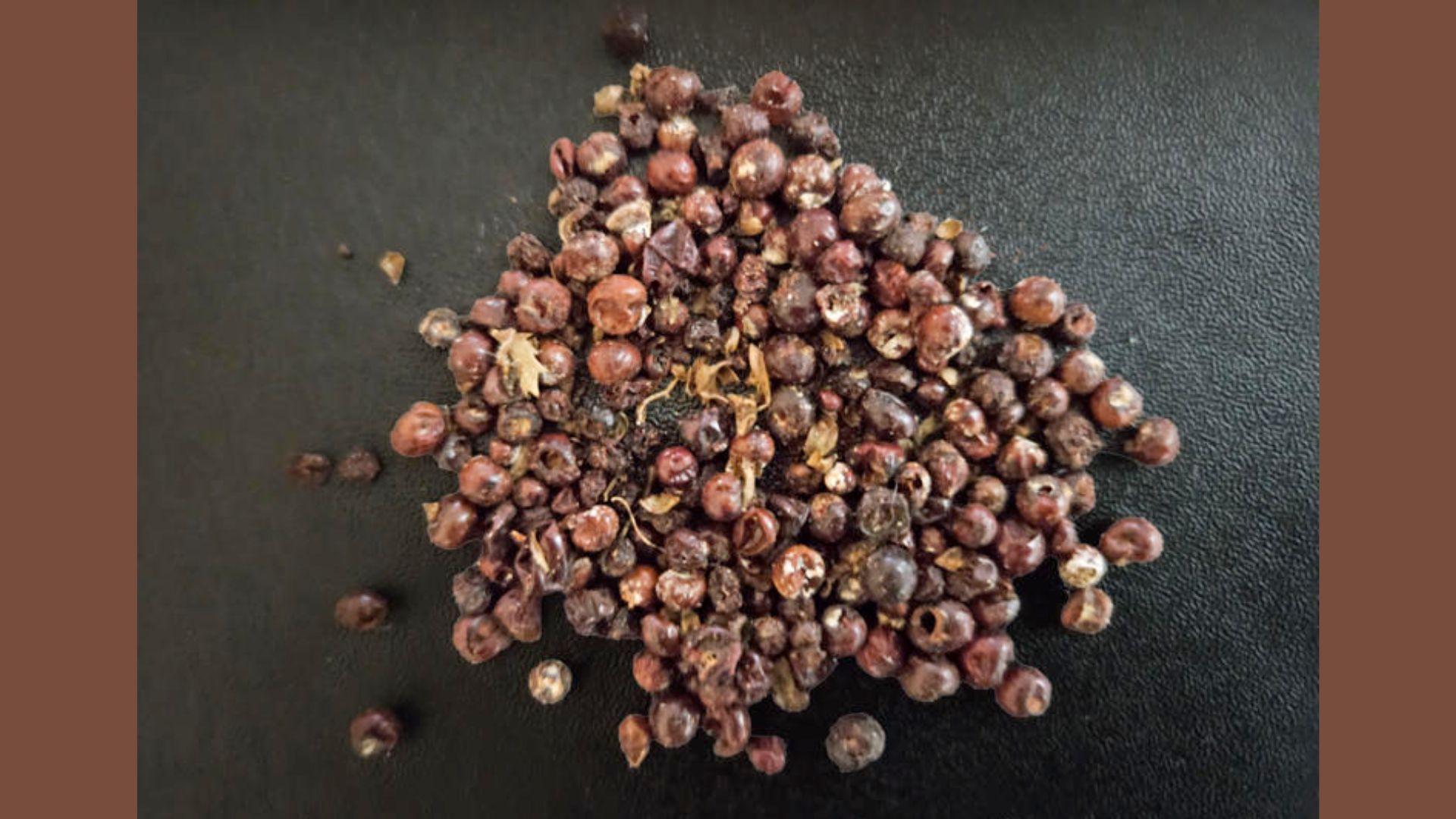
Naʼama Sukenik explained that making the dye was difficult to do. “Collecting these Kermes was done in a very short window of time—one month out of the year, in the summer, after the female laid her eggs but before they hatched—when the amount of dye was greatest.”
She continued, “The short period in which the Kermes could be collected, the difficulty in finding them due to their small size (between 3–8 millimeters), and their camouflage colors that make it difficult to locate them, as well as the small amount of dye that can be produced from them—and on the other hand, the beautiful red hue (scarlet) that can be produced from them for dyeing textiles—made their use highly prestigious.”
The Significance of Red Dye in Antiquity
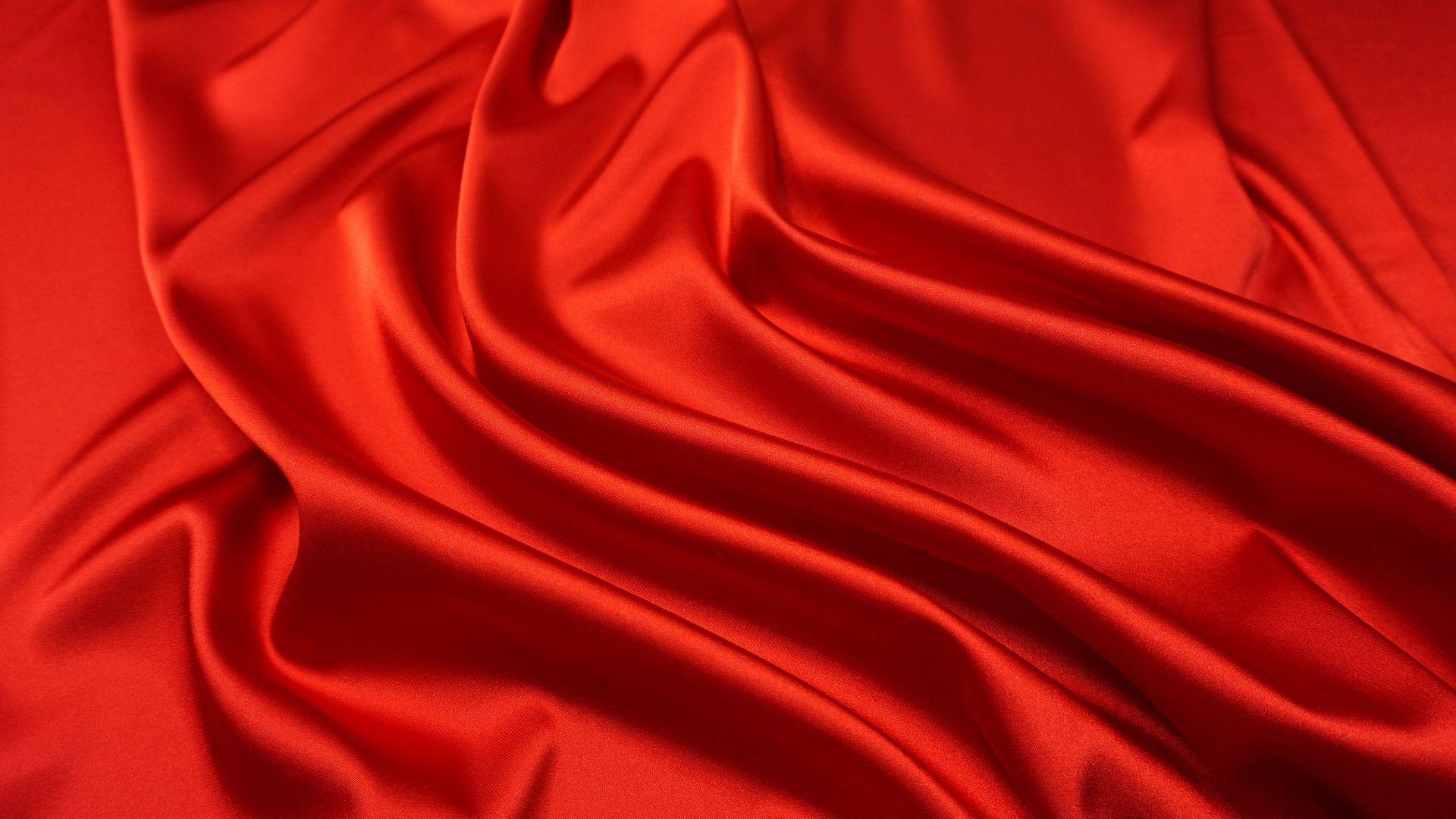
The color red has been adored and deemed symbolically significant throughout history by many cultures around the world. Royal blue, purple, and scarlet dyes were considered one of the ancient world’s most precious and expensive dyes. Scarlet-colored dye and clothing was even mentioned several times in the Bible, along with the other two special colors.
Although there is a plethora of written historical evidence detailing the widespread use of dyeing with scale insects, very few textiles colored with Kermes insect dye that predate the Roman period have been found worldwide.
Red Dye and the World
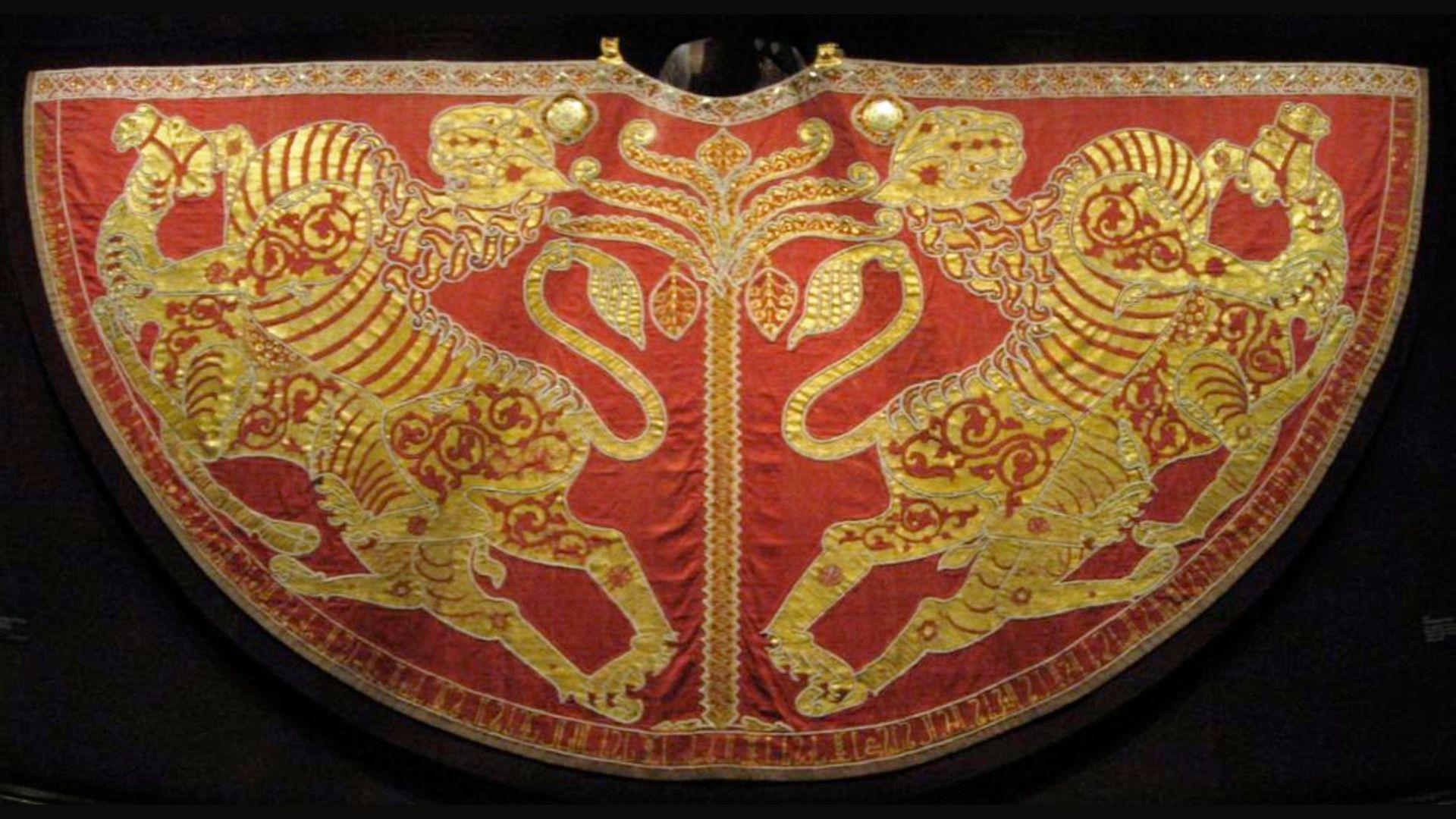
It is unknown why the red textile fragments ended up in the Cave of Skulls, but it is fortunate that they ended up there. Sukenik explained, “The important find bridges the gap between written sources and the archaeological discoveries, providing evidence that the ancient textile dyeing industry was—already at this stage—sufficiently established for dyeing using animals.”
“The rare textile is a testament to broad international commercial networks functioning already at this time and indicates the presence of an elite society,” said Sukenik. The red dye is not only an interesting discovery for modern scientists, but also proves an exciting and interconnected ancient world.

